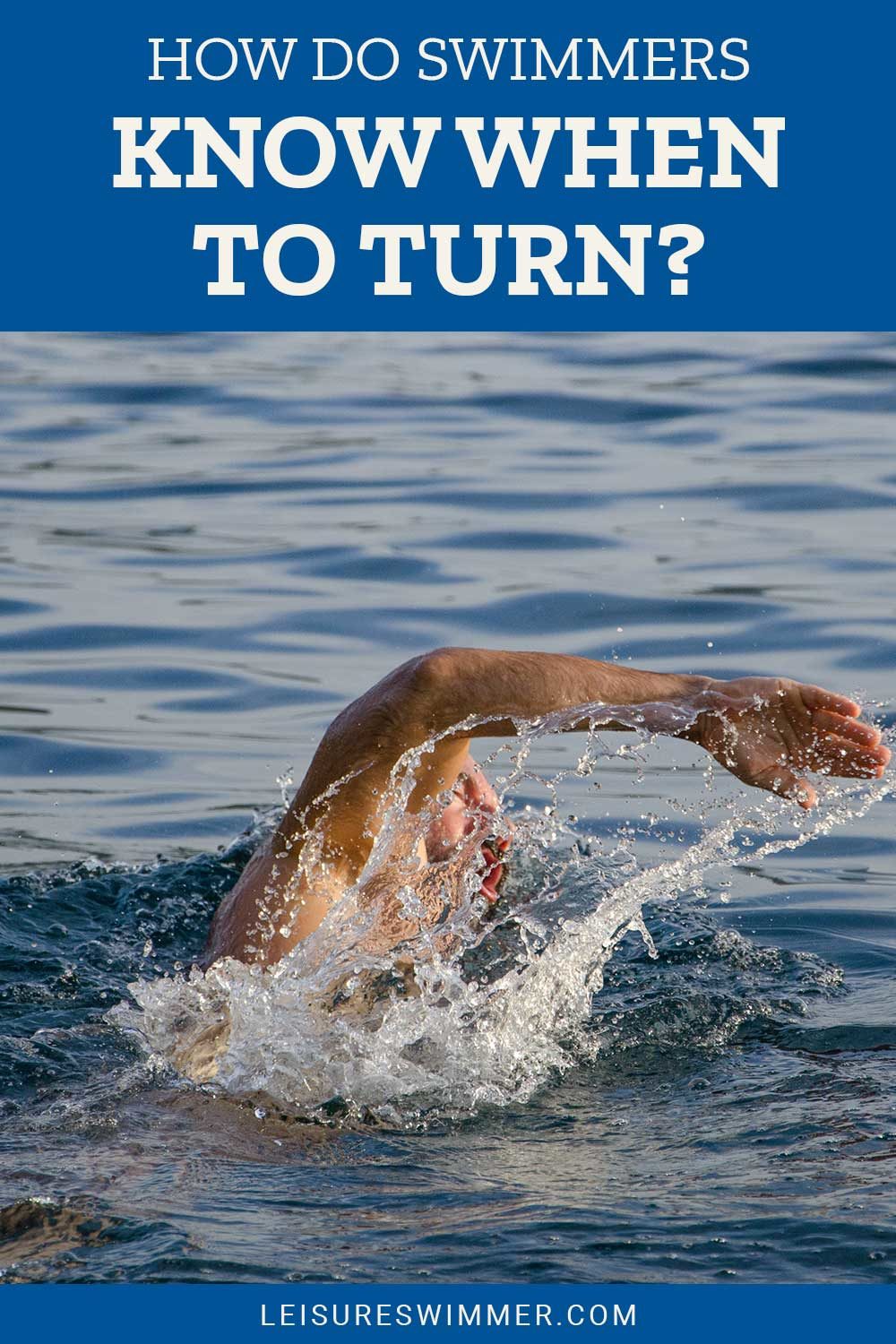How Do Swimmers Know When To Turn?
We may earn commissions for purchases made through links on our site. Learn more on our about us page.
Swimmers know when to turn because of detailed practice that includes listening to their bodies and watching for the signs. Swimmers practice for hours on end to be able to turn properly during their races without being injured.
This practice often means they can accurately predict when they will need to turn based on how many stroke cycles they perform or simply great timing.
Swimmers must be in tune with their bodies to know when to flip in their competitions. Keep reading to find out how swimmers know when to turn as well as the kind of ways swimmers can turn when they are competing.

Do They Know it By Heart?
Yes, swimmers can know when to turn by heart. While this is not traditionally how swimmers actually know when to turn, eventually, swimmers might learn when to turn by heart. Trained swimmers practice their race many, many times.
Professional swimmers practice even more so. After practicing the same turn at the same spot so many times, it can become second nature to swimmers. Eventually, muscle memory does allow them to know when to turn by heart because they have done it so many times.
If they don’t know when to turn by heart and muscle memory, counting how many cycles they have performed often gets them close enough.

Do They Count it?
Yes, swimmers do count so they can know when to turn. Most swimmers, especially new swimmers, count out how many strokes it takes for them to reach the spot when they need to turn during their swimming event.
This is true in both the 100-meter and 200-meter events. For each event, you just count the same number of strokes a different amount of times. Counting for each swimmer varies depending on the event and their ability due to length and endurance.
Swimmers might also count seconds to get an idea of when to turn if they aren’t confident in the consistency of their strokes.
Are There Any Signs They Can Follow?
Yes, there are signs swimmers can follow when competing in the backstroke event in swimming. However, swimmers’ main signs when competing are counting their strokes or knowing when to turn by heart.
However, there are also signs provided in every pool for swimmers to know when to turn. The flags above the pool mark different spots where the swimmer should turn. The flags are located 5 meters from the pool wall to give swimmers the sign the end of the pool is close.
Do They Need to Flip to Turn in Swimming?
No, you do not need to do a flip-turn in swimming. Doing a flip turn is standard in both freestyle swimming and backstroke. It increases your speed and is far more efficient. Flip-turning takes your swimming to the next level.
However, flip-turning is not required in any event. While it is common to do so, no rule states you must.
All that is required is that you touch both hands to the wall before you turn to go the other way. You can opt to do an open turn instead as long as the two-hands rule is followed.
How do Olympic swimmers turn?
Olympic swimmers do flip-turns during their competitions. Flip-turns are the advanced turning method that Olympic swimmers use when competing in backstroke or freestyle. Flip-turns speed up the swimmer considerably.
To do a flip-turn, swimmers do an underwater somersault essentially. For example, swimmers in backstroke flip over to their stomachs for their last stroke, somersaulting toward the wall.
The key is to make sure you only flip during the last stretch. Otherwise, you will be disqualified.
After turning, swimmers place both hands on the wall, as the rules state. Then, swimmers flip toward the wall. After completing the flip, they use their feet to push off the wall and gain momentum to continue and finish the race.
Final Thoughts on How Do Swimmers Know When To Turn
Swimming backstroke takes a lot of attunement to your body as well as focus. Swimmers must be aware of their surroundings, focusing on what they are doing and counting their strokes.
Eventually, swimmers learn to trust themselves and know where they are in a pool without thinking about it, but this takes time. To be an advanced swimmer, you must be in tune with your body like that and perform advanced turns to maintain speed.


